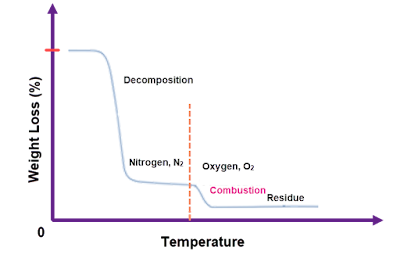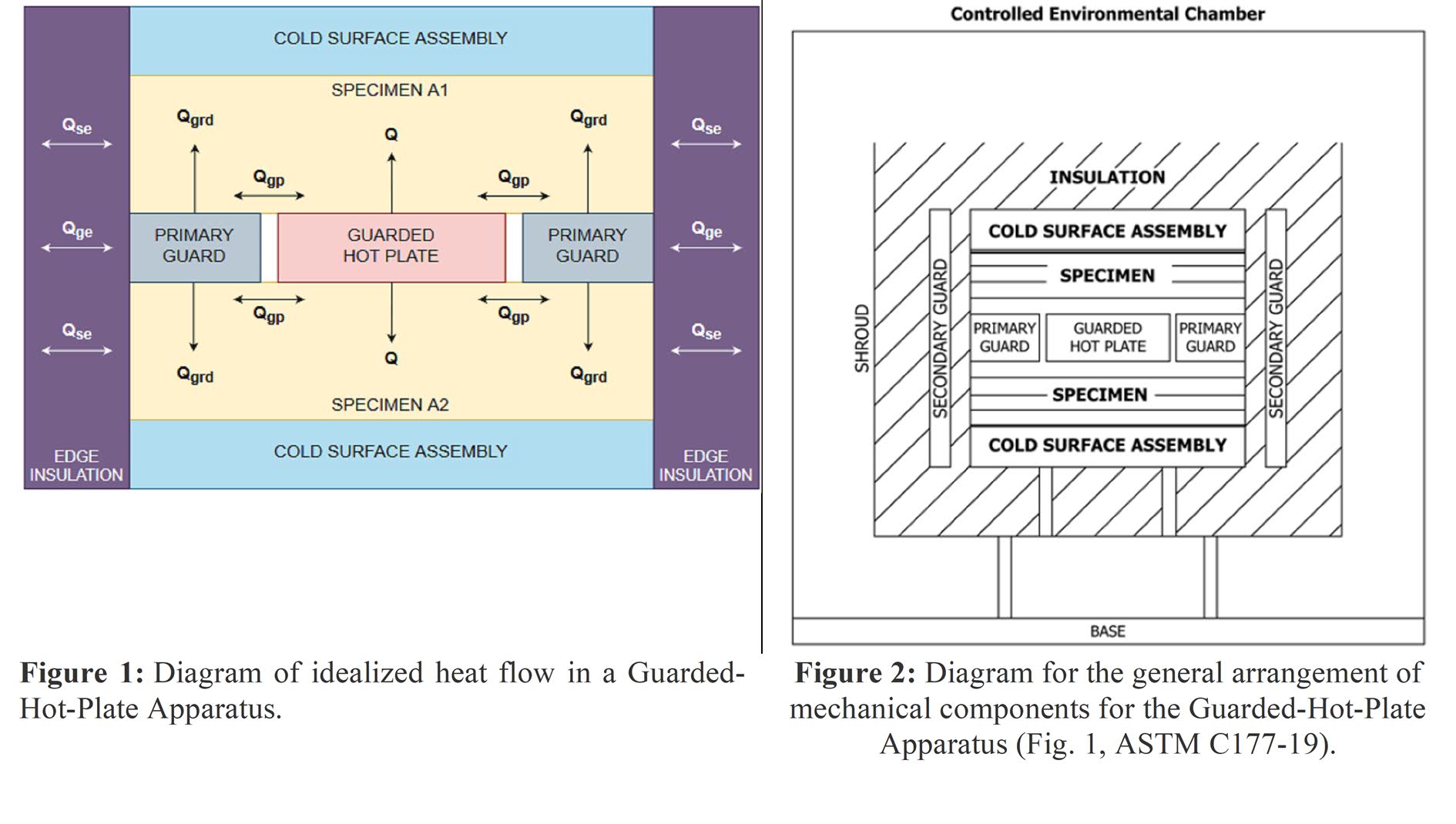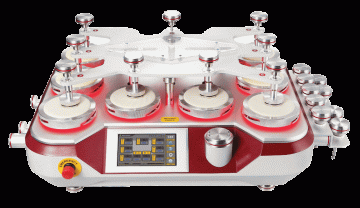Thermogravimetric Analyser (TGA) measures weight changes in a material as a function of temperature (or time) under a controlled atmosphere. Its principle uses include measurement of a material’s thermal stability, filler content in polymers, moisture and solvent content, and the percent composition of components in a compound.
Construction
The thermogravimetric analysis instrument usually consists of a high-precision balance and sample pan. The pan holds the sample material and is located in a furnace or oven that is heated or cooled during the experiment. A thermocouple is used to accurately control and measure the temperature within the oven. The mass of the sample is constantly monitored during the analysis. An inert or reactive gas may be used to purge and control the environment.
Principle of Operation
A TGA analysis is performed by gradually raising the temperature of a sample in a furnace as its weight is measured on an analytical balance that remains outside of the furnace.
In TGA, mass loss is observed if a thermal event involves loss of a volatile component. Chemical reactions, such as combustion, involve mass losses, whereas physical changes, such as melting, do not. The weight of the sample is plotted against temperature or time to illustrate thermal transitions in the material – such as loss of solvent and plasticizers in polymers, water of hydration in inorganic materials, and, finally, decomposition of the material. In TGA, the analysis is performed by gradually raising the temperature and plotting the weight of the substances against temperature. A computer is utilised to control the instrument and to process the output curves (temperature vs. weight).
In TGA, mass loss is observed if a thermal event involves loss of a volatile component. Chemical reactions, such as combustion, involve mass losses, whereas physical changes, such as melting, do not. The weight of the sample is plotted against temperature or time to illustrate thermal transitions in the material – such as loss of solvent and plasticizers in polymers, water of hydration in inorganic materials, and, finally, decomposition of the material. In TGA, the analysis is performed by gradually raising the temperature and plotting the weight of the substances against temperature. A computer is utilised to control the instrument and to process the output curves (temperature vs. weight).
Applications
Principle uses of TGA include measurement of a material’s thermal stability and its composition. Typical applications include:
- Filler content of polymer resins
- Residual solvent content
- Carbon black content
- Decomposition temperature
- Moisture content of organic and inorganic materials
- Plasticizer content of polymers
- Oxidative stability
- Performance of stabilizers
- Low molecular weight monomers in polymers
- Transformation, Phase Transition, Glass Transition Temperature
- Melting Temperature
- Heat Capacity
- Decomposition, degradation of polymers.
Texpedi.com
Check out these related articles:









